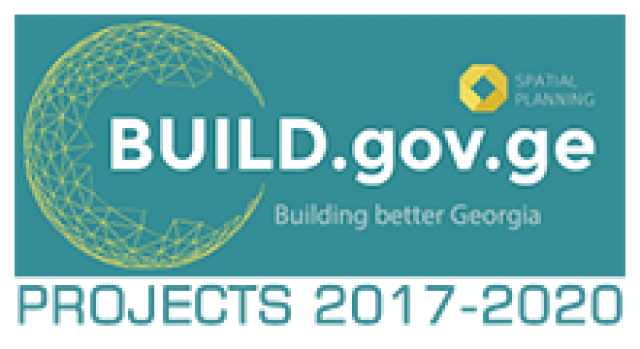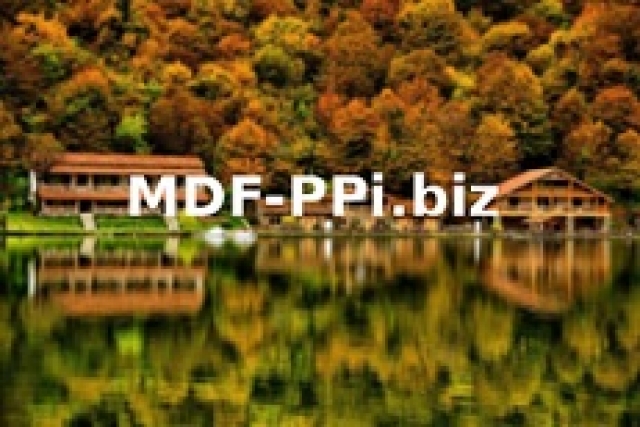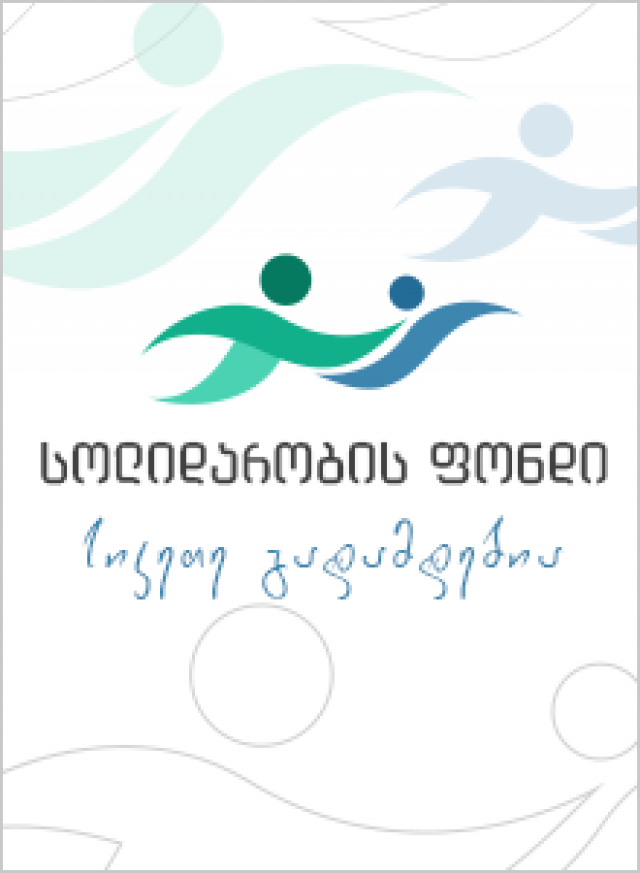Updated IEE for Modernization of Tbilisi-Rustavi Urban Road Project (Section 2)
The Government of Georgia signed a loan agreement of USD 60 million with the Asian Development Bank (ADB) under a MFF to implement Tbilisi~Rustavi Urban road link (Section 2) construction project. The modernization of road section-2 of 6.8 km from Phonichala to Rustavi forms a part of Tbilisi-Rustavi Highway with a total length of 17.4 km.
The Municipal Development Fund of Georgia (MDFG) is the project executing, implementing and disbursing agency. The objective of the Project is to develop an efficient, affordable, and environmentally sustainable transportation system that forms a part of the south-east route of the country. The project will focus on the improvement of the existing transport services linking Rustavi to Tbilisi. The Project targeted measures and specific facilities such as provision of interchanges, underpass, bridge road widening, bus stops, retaining wall, footbridge included to ensure a quick, safe and reliable bus services and guarantee proper physical connection with Tbilisi and Rustavi at the entrance of the city. The Program was developed as the Government’s response to the transportation problems in urban areas, which include large traffic volumes between Tbilisi and Rustavi route causing increasing delays.
This Initial Environmental Examination (IEE) has been prepared for Section-2, as part of the ADB supports (ADB Loan 3063-GEO) in undertaking the Detailed design of the Engineering, Procurement, Construction Management and Supervision of the Tbilisi~Rustavi Urban link (Section 2) of 6.8 km. The objective of the study is to help the Government of Georgia to prepare and implement an efficient, safe and sustainable transport network, in accordance with international environmental safeguards. The IEE demonstrates and describes the need for this Project. The IEE details the Project concept design, proposed method of delivery and proposed location of the Project. This IEE considers the technical constraints of the Project and by doing so presents the potential positive and negative social and environmental impacts that may result from its implementation.
IEE aims to identify the likely impacts, both positive and negative, and assess the impacts on the environment of the proposed intervention undertaken by the MDF. The basic objective is to ensure that nobody is made worse off as a result of such development. The overall aim is to ensure that the proposed project is environmentally sound and sustainable following the international requirements laid out in United Nations Framework Convention on Climate Change to which Georgia is a signatory (Ref: Short List of the Ratified Conventions in Section 1.2.4 of Volume-II).
Updated IEE_for_Section_2-December, 20015_REVISION_8 CLEAN (1)
v.II. Updated IEE Tbilisi-Rustavi Highway, Section 2 2015 (Rev.8)
v.III-IEE Tbilisi-Rustavi Highway, Section II








